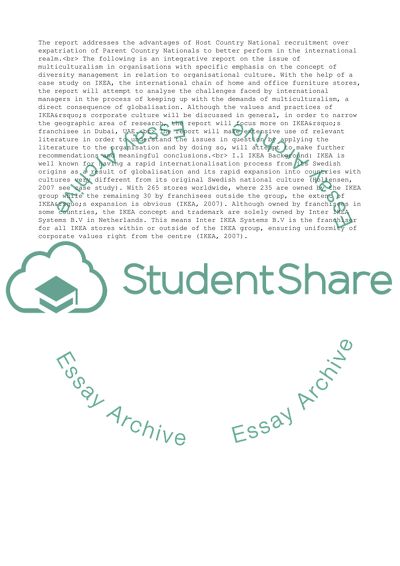Cite this document
(Organisational Issues in Project Managed Environments: IKEA Case Study, n.d.)
Organisational Issues in Project Managed Environments: IKEA Case Study. Retrieved from https://studentshare.org/management/1733992-multi-culturlralism-in-organization
Organisational Issues in Project Managed Environments: IKEA Case Study. Retrieved from https://studentshare.org/management/1733992-multi-culturlralism-in-organization
(Organisational Issues in Project Managed Environments: IKEA Case Study)
Organisational Issues in Project Managed Environments: IKEA Case Study. https://studentshare.org/management/1733992-multi-culturlralism-in-organization.
Organisational Issues in Project Managed Environments: IKEA Case Study. https://studentshare.org/management/1733992-multi-culturlralism-in-organization.
“Organisational Issues in Project Managed Environments: IKEA Case Study”, n.d. https://studentshare.org/management/1733992-multi-culturlralism-in-organization.


